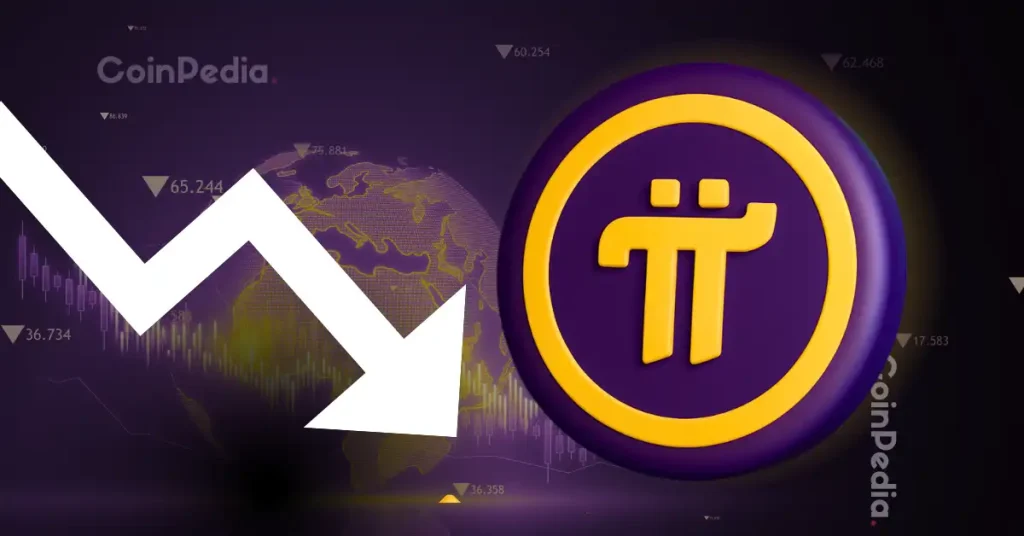
The post Stanford MBA Reveals Why Bitcoin Can Hit $10 Million appeared first on Coinpedia Fintech News
A Stanford MBA and crypto analyst explained why Bitcoin still has room to grow. In July 2024, Michael Saylor presented a chart showing Bitcoin’s market value compared to the total global asset market. At that time, Bitcoin was around $65,000 per coin, with a network value of $1 trillion. This was just 0.1 percent of the $900 trillion global asset market.
Since then, Bitcoin’s market value has doubled to over $2 trillion. The global asset market has grown to about $1 quadrillion. Bitcoin now accounts for 0.2 percent of global wealth, showing that it remains a small portion of total assets.
Long-Term Growth and Expert Views
In a recent interview, Jesse Myers, Head of Bitcoin Strategy at the Smarter Web Company, explained that Bitcoin’s growth capacity is still significant. Using historical trends and market projections, he estimated that Bitcoin could grow at an average of 29 percent per year over the next 20 years. In today’s terms, a single coin could reach $10 million.
Myers said that Bitcoin’s fixed supply of 21 million coins adds to its scarcity and value. He explained that Bitcoin is still in the early stages of adoption and has not yet captured a large share of global wealth.
Factors Supporting Growth
Global assets continue to grow each year, while inflation reduces the value of cash and bonds. Bitcoin provides an alternative that does not rely on government-backed money. Its scarcity and security appeal to investors seeking to preserve wealth.
Historical trends show Bitcoin may grow quickly in the short term and slow over time while maintaining meaningful returns. As more institutional investors adopt Bitcoin, demand is likely to rise further.
Conclusion
Even after recent gains, Bitcoin remains a small fraction of global wealth. Experts like Jesse Myers say that over time, Bitcoin could capture a larger share of global assets. Its fixed supply, growing adoption, and protection against inflation support the long-term case. Predictions of millions per coin are plausible for patient investors in the coming decades.

 4 hours ago
7
4 hours ago
7














 English (US) ·
English (US) ·